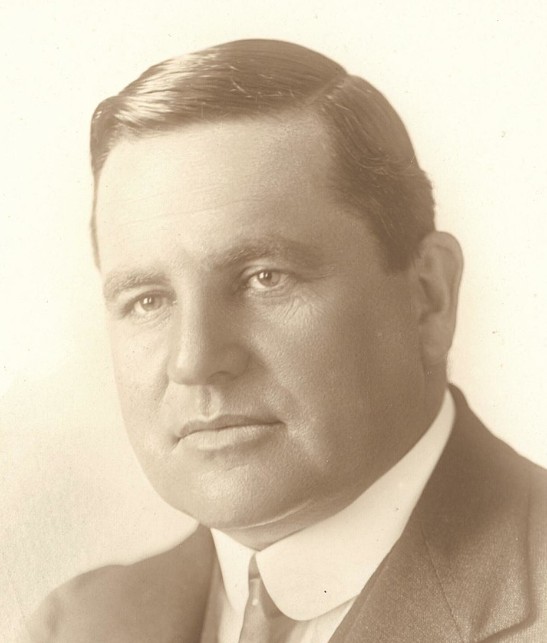
1880 - 1947
Thomas John Ley
Summary
Name:
Years Active:
1946Birth:
October 28, 1880Status:
DeceasedClass:
MurdererVictims:
1Method:
Beating / StrangulationDeath:
July 24, 1947Nationality:
United Kingdom
1880 - 1947
Thomas John Ley
Summary: Murderer
Name:
Thomas John LeyStatus:
DeceasedVictims:
1Method:
Beating / StrangulationNationality:
United KingdomBirth:
October 28, 1880Death:
July 24, 1947Years Active:
1946bio
Thomas John Ley was born on October 28, 1880, in Bath, Somerset, England. After his father died in 1882, his mother moved the family to Sydney, Australia, in 1886. Growing up in a struggling household, Ley left school at the age of ten and worked various jobs, including as a paperboy and messenger. Despite his tough beginnings, he later trained as a solicitor and was admitted to practice law in 1914.
In 1898, he married Emily Louisa Vernon, and the couple became active in Australian politics. Ley joined the Nationalist Party and was elected to the New South Wales Legislative Assembly in 1917. Known for his support of proportional representation, he was appointed Minister for Justice in 1922. He served in the position until 1925 and became well known in Australian politics. However, rumors surrounded him, suggesting he used his power to eliminate political rivals. These suspicions would grow over the years as several people linked to him disappeared or died under mysterious circumstances.

In 1925, Ley ran for the federal seat of Barton but lost the election to Frederick McDonald. McDonald later accused Ley of trying to bribe him during the campaign. In April 1926, McDonald suddenly vanished before he could testify in court. His body was never found, and many believed Ley was responsible for his disappearance.
Two years later, in 1928, another of Ley’s rivals, Hyman Goldstein, died after falling from Coogee cliffs. Goldstein had been a member of the New South Wales Parliament and had openly criticized Ley. While his death was ruled an accident, suspicions about Ley’s involvement continued to grow.
That same year, Keith Greedor, a businessman investigating Ley’s financial dealings, was found drowned. The string of deaths and disappearances made many people believe Ley was behind them, but no solid evidence was found, and he was never charged.
After losing his political seat in 1928, Ley left Australia and moved to England. He abandoned his wife and children and started a new life overseas. In England, he got involved in shady business dealings and was convicted of black market activities during World War II. However, it wasn’t until 1946 that he finally committed a crime he couldn’t escape from.
murder story
By 1946, Ley was living in London and had started a relationship with a woman named Maggie Brook. However, he became convinced that she was having an affair with a barman named John McMain Mudie. Ley, now 66 years old, decided to take revenge.
On December 30, 1946, Ley and two accomplices kidnapped Mudie. They took him to a house in Wimbledon, where he was beaten and strangled to death. The next day, Mudie’s body was found dumped in a chalk pit in Surrey. The murder became known as the "Chalk-pit Murder."

Police quickly connected Ley to the crime. He was arrested and put on trial at the Old Bailey in March 1947. The case shocked the public, as Ley had once been a respected politician in Australia. The trial lasted several weeks, and the evidence against him was overwhelming. He was found guilty and sentenced to death.
However, before he could be executed, doctors declared him insane. Instead of being hanged, Ley was sent to Broadmoor Asylum for the Criminally Insane. He remained there for only a few months before dying of a cerebral hemorrhage on July 24, 1947.
Even though he was only convicted of one murder, many still believe he was responsible for the deaths of several people in Australia. His story remains one of the most shocking cases of a politician turning into a criminal.